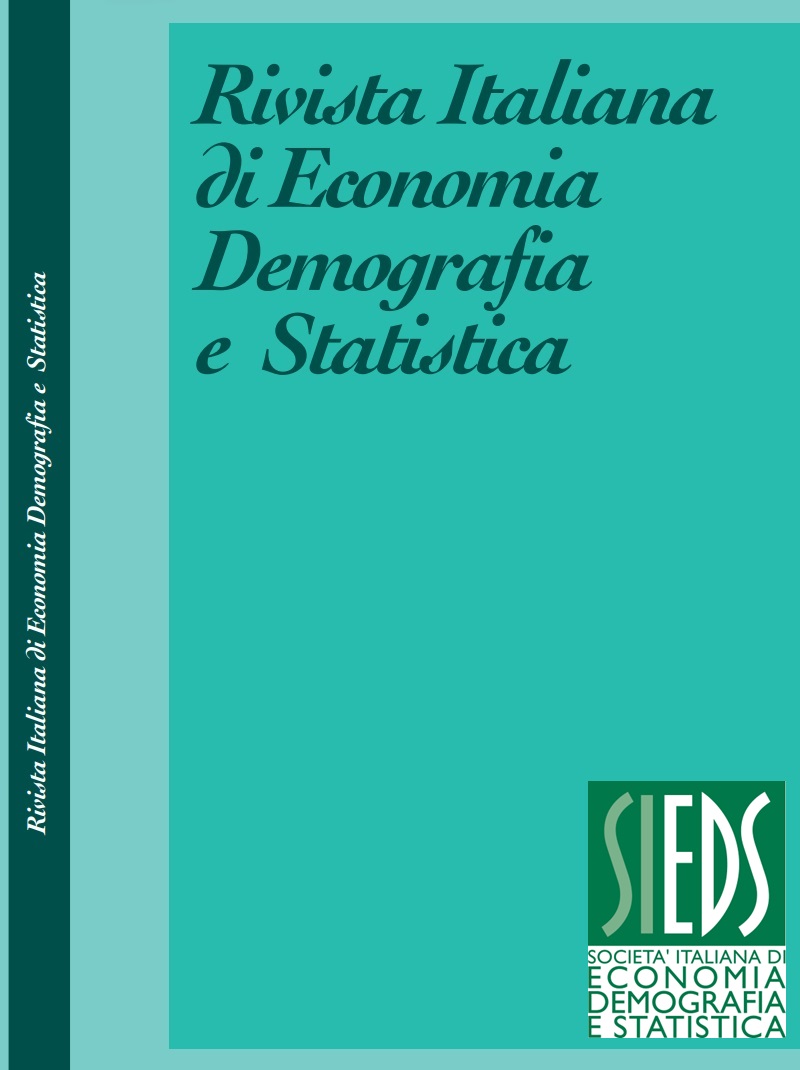Risk factors for contagion of SARS-COV-2: a statistical comparison
Abstract
From 25 May to 15 July 2020, Istat and the Ministry of Health carried out a seroprevalence survey on SARS-CoV-2. The survey aimed to understand how many people developed antibodies to the SARS-CoV-2, even in the absence of symptoms. The survey collected all the necessary information to estimate the infection size in the population and to describe its frequency about several sociodemographic factors. The sample consists of 150,000 individuals and it was designed by Istat to guarantee representativeness, both at a national and regional level. The results presented in the paper are related to 65,000 respondent individuals, whose blood samples were collected. The survey management in emergency conditions did not allow to fully reaching the whole sample, so post-stratification techniques were used to correct the distortion factors. Estimates pointed out that about 1.5 million individuals (2.5% whole resident population) tested positive to the IgG (IgG+) having developed antibodies to SARS-CoV-2. The number of positive people is six times those officially intercepted by identification of the RNA viral. The descriptive analysis allows highlighting the statistically significant relationships between every single variable and the seroprevalence rate. Logistic and multilevel models have been studied to detect which factors played the main roles in having a positive IgG outcome. The estimation of logistic regression coefficients reveals interesting differences between the different risk factors.
Downloads
Published
Issue
Section
License
Copyright (c) 2021 Alessandra Battisti, Chiara Coluccia, Maria Clelia Romano, Simona Staffieri, Marco Dionisio Terribili

This work is licensed under a Creative Commons Attribution 4.0 International License.



